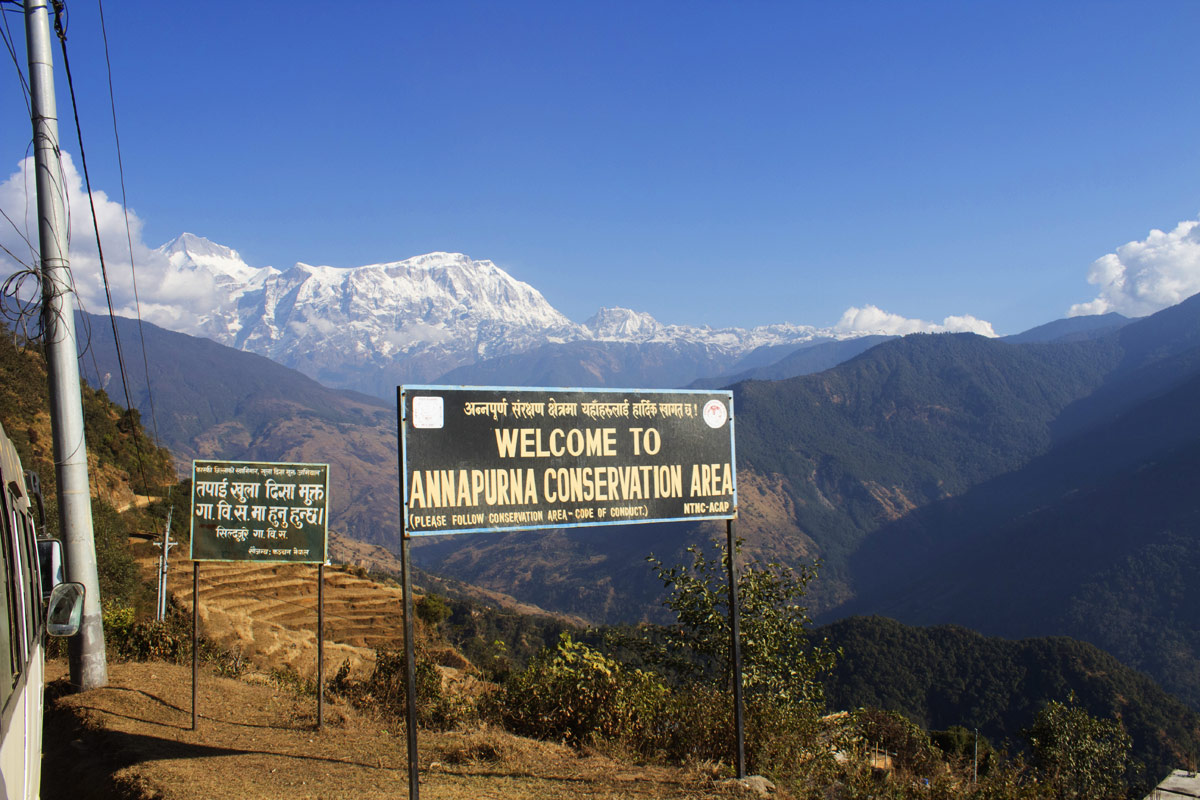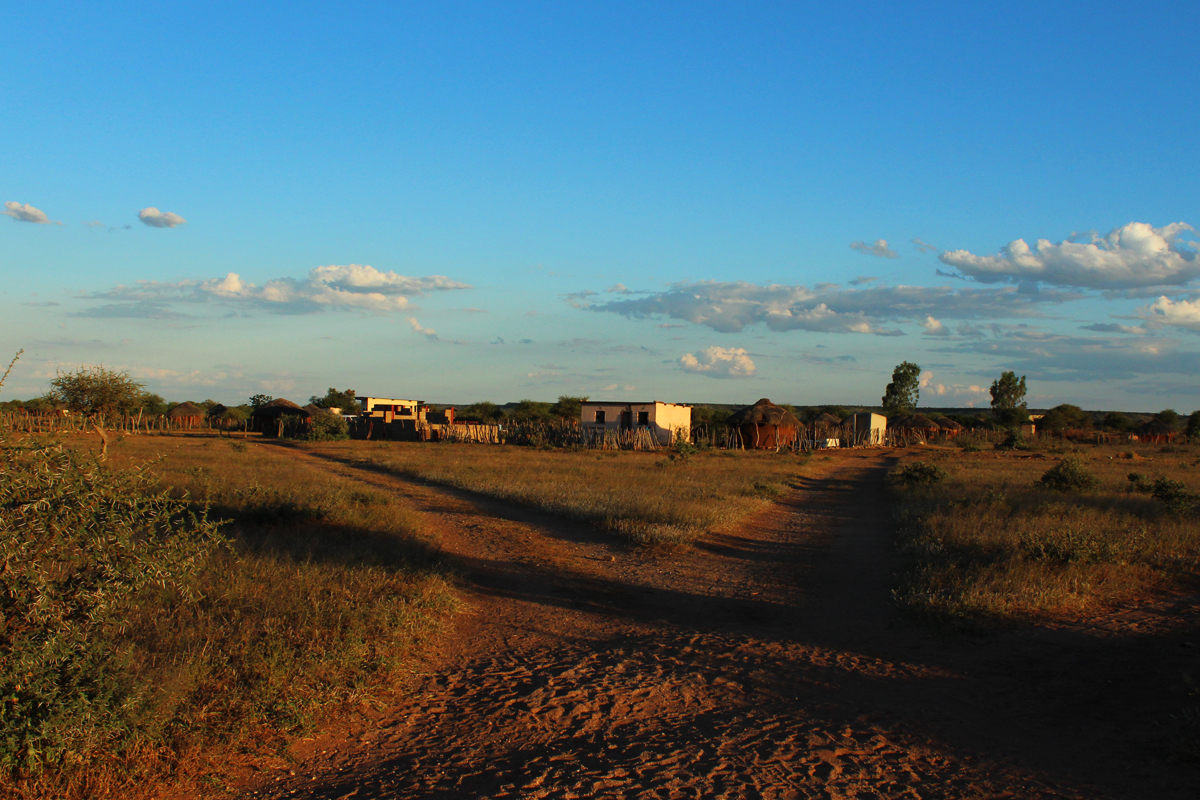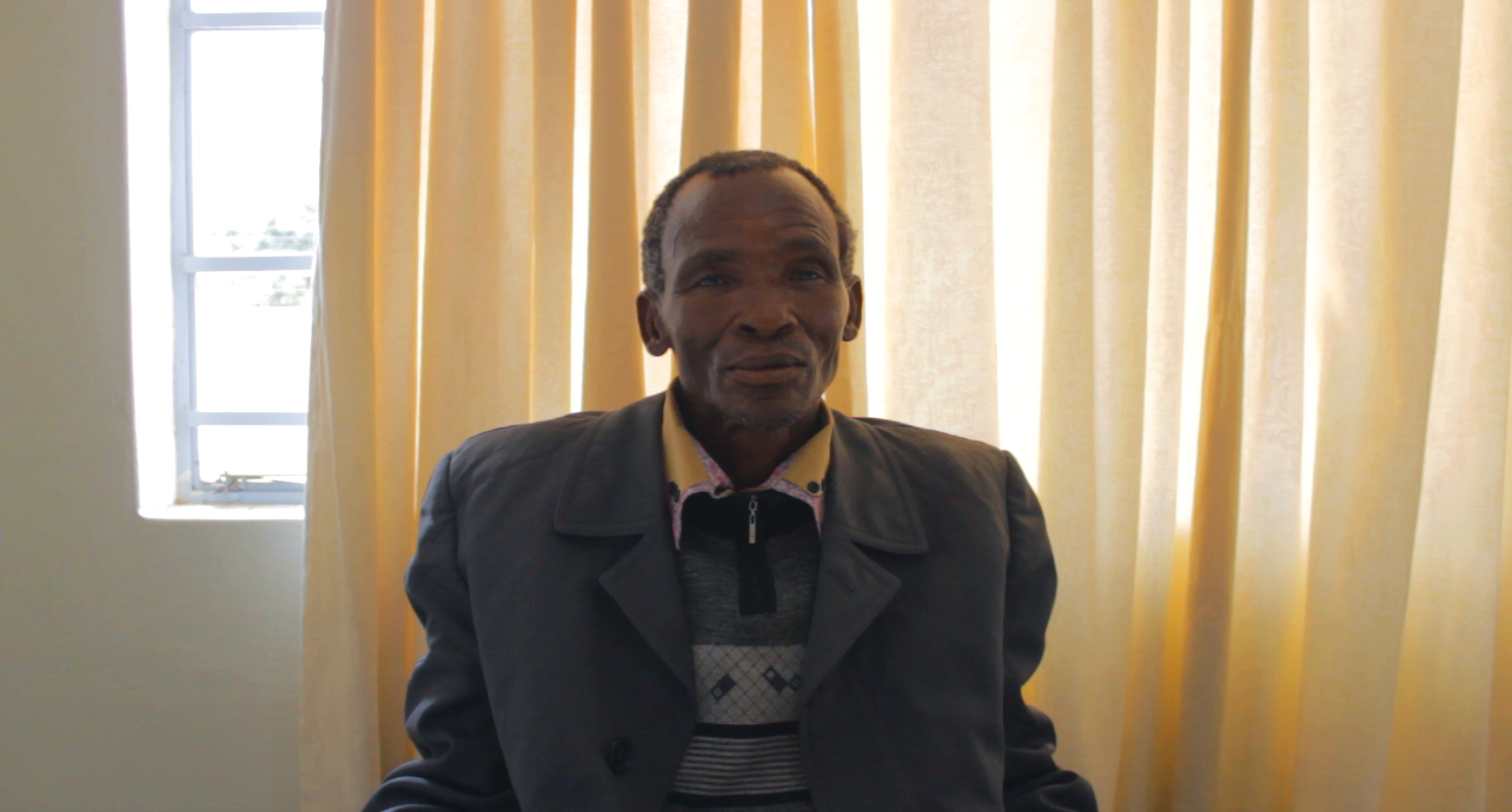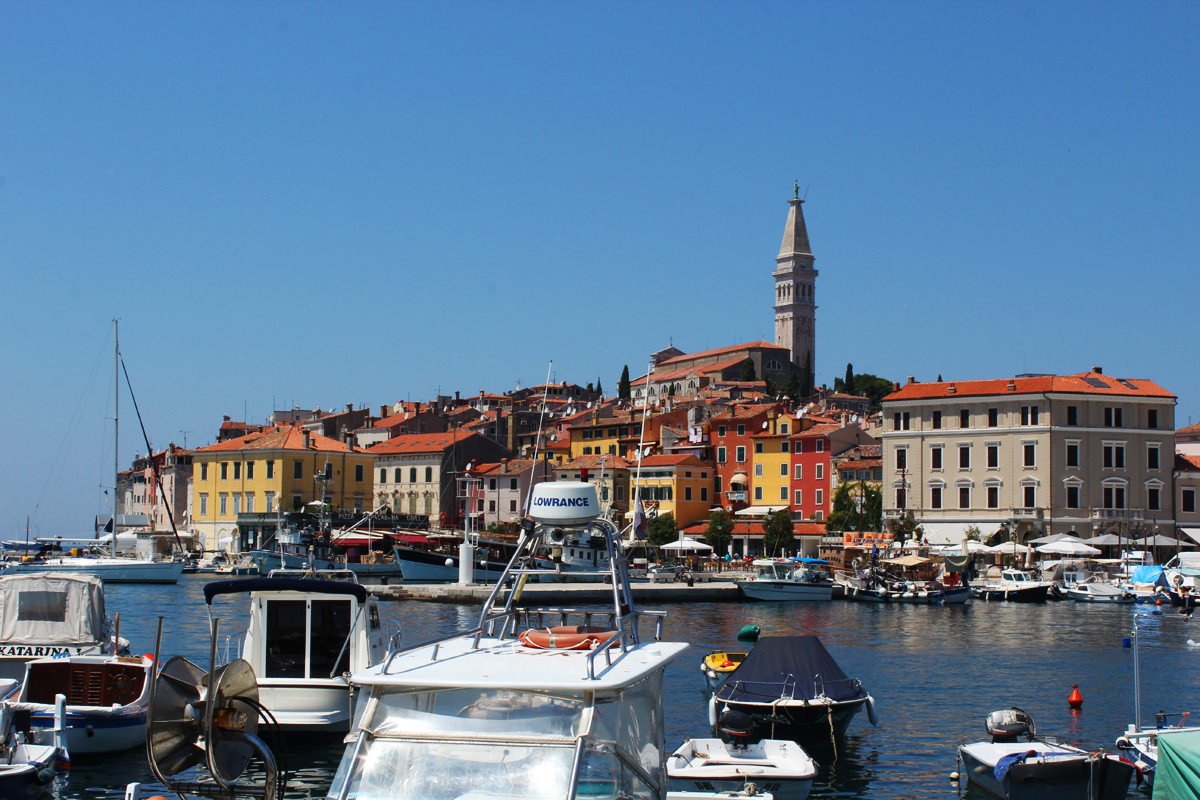The speech variety of a given community is an embodiment of their unique worldview, spirituality, ethnobotanical & biological knowledge, social structure, and sociocultural history. Linguists estimate that ±40~50% of the world's 6,000-7,000 languages are at risk of disappearing within the next 100 years.
Globalization, industrialization, cultural homogenization by modern technology, and the persistent economic colonialism introduced & perpetuated by ‘first-world’ (Western) states are all contributing factors in varying degrees to our current loss of diversity (linguistic, biological, sociocultural, etc.). Linguistic issues tend to go hand-in-hand with other sociopolitical issues.
This is the context for communities and linguists to preserve moribund languages, revive extinct languages, or revitalize threatened languages.
Note: I am very sensitive to issues of privacy and personal rights frequently infringed upon by fieldworkers entering communities to which they do not belong. Photos shown herein were taken with express (usually verbal) permission from the subjects, except during public performances (e.g. dancing).
Previous Projects
Below are descriptive overviews of several documentation projects that I have contributed to.
Tamu Kyi (Gurung)
 Tamu Kyi, the language of the Tamu people (exonym: Gurung) exists as a dialect continuum in the mountainous foothills of the Himalayas in central Nepal. Due to the geography of the region, there is significant linguistic variation from village to village. Tamu Kyi is a Tibeto-Burman language closely related to Tamang, Thakali, and Manange and distantly related to Tibetan. The superstrate national language, Nepali, which is Indo-Aryan, has influenced Tamu Kyi noticeably . . . continue reading »
Tamu Kyi, the language of the Tamu people (exonym: Gurung) exists as a dialect continuum in the mountainous foothills of the Himalayas in central Nepal. Due to the geography of the region, there is significant linguistic variation from village to village. Tamu Kyi is a Tibeto-Burman language closely related to Tamang, Thakali, and Manange and distantly related to Tibetan. The superstrate national language, Nepali, which is Indo-Aryan, has influenced Tamu Kyi noticeably . . . continue reading »
N!aq (Sasi)
 The N!aq language, pronounced /ŋ!àˤà/, is spoken around several rural settlements in eastern Botswana. There is some mutual intelligibility between N!aq and ǂHȍã, which together form the ǂ'amkoe branch of the Kx'a languages (Collins, 2016) . . . continue reading »
The N!aq language, pronounced /ŋ!àˤà/, is spoken around several rural settlements in eastern Botswana. There is some mutual intelligibility between N!aq and ǂHȍã, which together form the ǂ'amkoe branch of the Kx'a languages (Collins, 2016) . . . continue reading »
Kuasi (Kua)
 Kuasi is a Central Khoisan language in the Tshwa subgroup (Vossen, 2013), related to Gǀui, G||ana, Tsua, Cua, and Tshila (Collins and Chebanne, 2016), most of which have very little documentation available . . . continue reading »
Kuasi is a Central Khoisan language in the Tshwa subgroup (Vossen, 2013), related to Gǀui, G||ana, Tsua, Cua, and Tshila (Collins and Chebanne, 2016), most of which have very little documentation available . . . continue reading »
Vlaški/Žejanski (Istro-Romanian)
The Vlaški/Žejanski language (also known as Istro-Romanian) is an Eastern Romance language originally spoken by the nomadic Vlachs who moved into the Istrian peninsula of Croatia in the 16th century (Vrzic and Singler, 2016). The terms Vlaški and Žejanski are demonyms used by the speakers based on the village from which they come . . . continue reading »
Istrioto
 Istrioto (also Istriot) is a Western Romance language indigenous to the coast of Istria. Historically, it has had some influence from superstrate languages, such as Venetian and Croatian. It is spoken today in several coastal towns . . . continue reading »
Istrioto (also Istriot) is a Western Romance language indigenous to the coast of Istria. Historically, it has had some influence from superstrate languages, such as Venetian and Croatian. It is spoken today in several coastal towns . . . continue reading »
Resources
- Atlas of the World’s Languages in Danger. Christopher Moseley (ed.) (2010) · UNESCO Publishing.
- Documenting Endangered Languages Grants by the National Endowment for the Humanities and National Science Foundation: https://www.neh.gov/grants/preservation/documenting-endangered-languages
- Endangered Language Alliance in Manhattan, NY engages with communities of endangered language speakers within the tremendously diverse NY metropolitan area: http://elalliance.org/
- Endangered Languages Documentation Project for grants and funding for documentation: http://www.eldp.net/
- Endangered Languages Project (ELCat), compiled by research teams at University of Hawai'i Mānoa and Institute for Language Information and Technology (LINGUIST List) at Eastern Michigan University: http://www.endangeredlanguages.com/
- Ethnologue: Languages of the World, 16th Edition (2009). M. Paul Lewis (ed). SIL International: http://www.ethnologue.com/
- Mother Tongues Dictionaries to create beautiful web-based smartphone/desktop dictionaries for revitalization: https://mothertongues.org/
- Summer Institute of Linguistics (SIL) Fieldworks Language Explorer (FLEx) for fieldwork, data management, dictionary publishing, and text collection: https://software.sil.org/fieldworks/
- Summer Institute of Linguistics (SIL) Webonary for web-based dictionary integration with FLEx: https://www.webonary.org/
- WikiTongues publishes oral histories and videos in a variety of languages: https://wikitongues.org/
- World Oral Literature Project for documenting oral histories and texts: http://www.oralliterature.org/